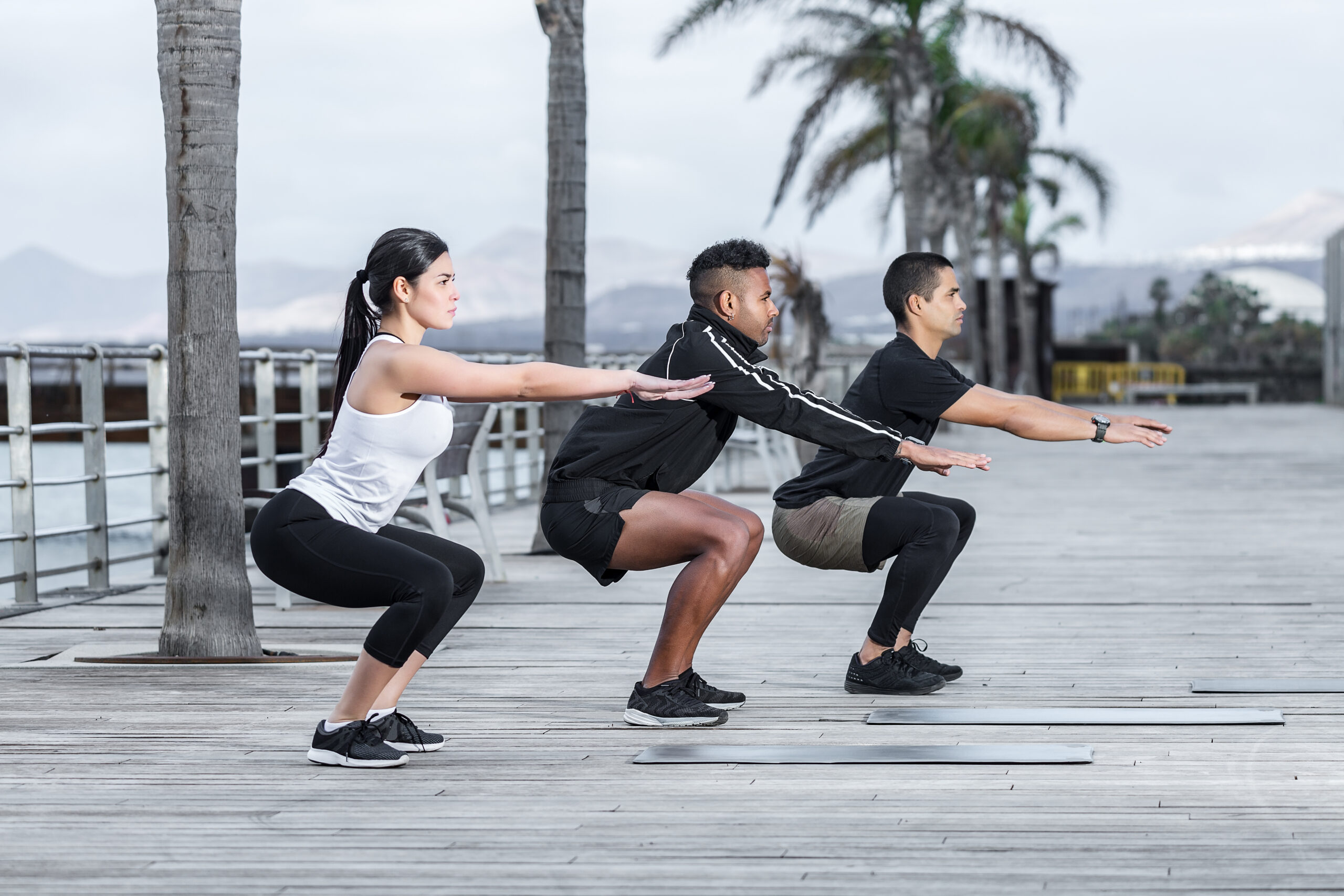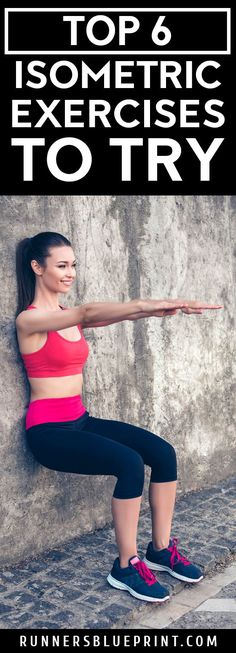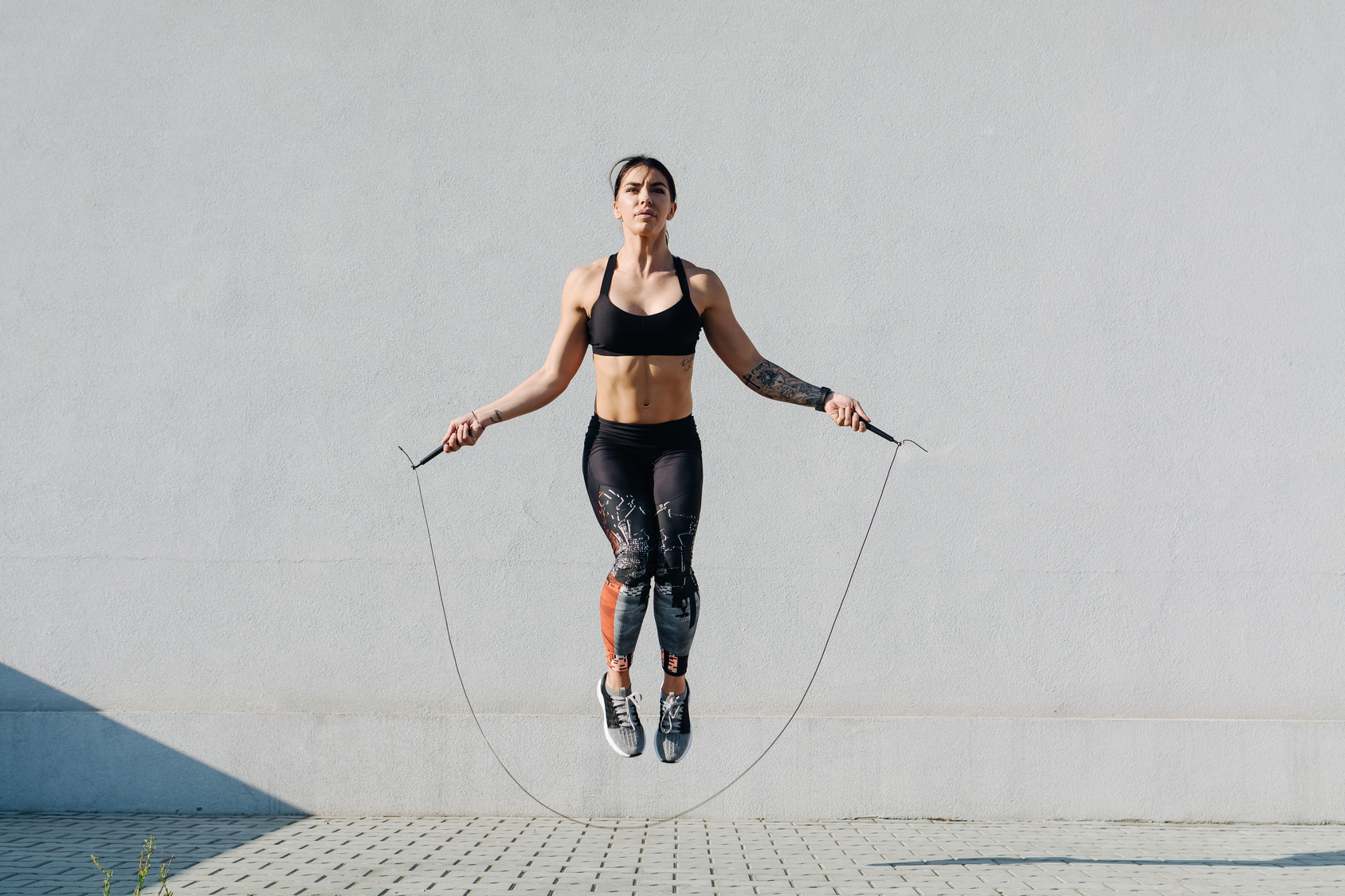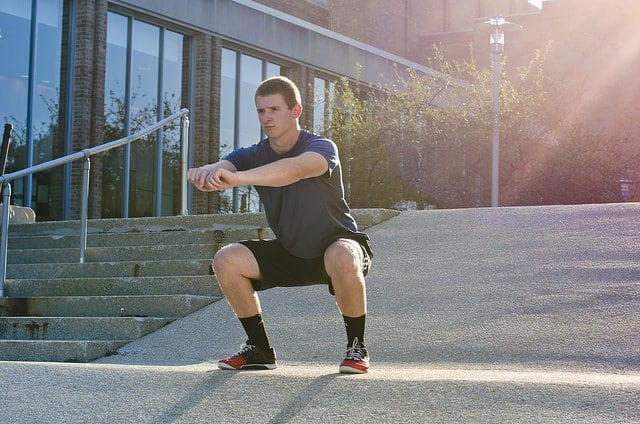Picture this: It was just another sunny day on the beach with friends, and we decided to kick around a soccer ball for some fun.
Little did I know that a few kicks later, I’d find myself sidelined with an excruciating pain in my upper thigh. That’s right, I pulled a groin muscle out there on the sand, and it wasn’t pretty!
But you know what they say, every cloud has a silver lining. During those weeks of recovery, I delved deep into the world of groin strains.
Today, I’m here to share the insights I’ve gathered – from symptoms to treatments and even prevention tips – all to help you conquer that nagging inner thigh pain.
So, if you’ve been through the same discomfort or want to stay one step ahead, keep reading.!
Groin Strains In Runners – The Injury Process
Imagine this: you’re out on the soccer field, the game’s in full swing, and you’re giving it your all.
Suddenly, out of nowhere, you feel a sharp pain in your inner thigh, like a lightning bolt striking. That, my friends, is the dreaded groin strain.
A groin strain occurs when those adductor muscles, those connecting your pelvis and thighbone, decide to throw a tantrum. It’s like they’re saying, “Hey, we’ve had enough!” And the result? Excruciating inner thigh pain and some unwelcome swelling.
Now, let’s talk about culprits.
Overuse and neglect a proper warm-up are the chief instigators behind these painful groin-pull injuries. It’s like asking your car to go from 0 to 60 without letting the engine warm up first – not a great idea, right?
But here’s the kicker – groin strains are like the hidden gem of sports injuries, accounting for only about 5 percent of all cases. They’re not that common among runners, but when they strike, oh boy, they can be brutal.
While runners may not be the most frequent visitors to Groin Strain Central, this injury is a regular occurrence among athletes who do a lot of pivoting and direction-shifting.
Think martial artists, soccer and hockey players, skiers, and even Olympic weightlifters. It’s like their inner thighs are on a rollercoaster of twists and turns.
Now, here’s the clincher – not all groin strains are created equal. Some are as mild as a gentle breeze on a summer day, while others can feel like a full-blown tornado tearing through your inner thigh.
Symptoms of Groin Strains in Runners
Alright, let’s talk symptoms. Picture this: you’re going about your day, maybe on a leisurely stroll, or perhaps you’re trying to climb a few stairs. Suddenly, bam!
It feels like you’ve been hit by a bolt of lightning right in your groin area. Not exactly the surprise you were hoping for, right?
This sudden and sharp pain in your groin is the hallmark symptom of a groin strain. It’s like your inner thigh is staging a protest. But that’s not all – it can hit you right in the center of the muscle belly or even higher.
It’s like your muscles are having a little internal tug-of-war, and nobody’s winning.
But wait, there’s more drama to this injury. You might notice some rapid swelling like your body’s trying to inflate a balloon in there.
That’s followed by some lovely bruising and tenderness in your groin and along the inside of your thigh. It’s like your body’s way of saying, “Hey, remember that soccer game? Here’s a little reminder.”
Now, here are some detective skills for you. If you’re trying to diagnose this injury, pay attention to a few telltale signs.
First, is the pain worse when you bring your legs together? It’s like your muscles are telling you, “Nope, not happening.”
Next, notice if the pain amps up when you raise your knee. You know, things like walking, climbing stairs, or, heaven forbid, running. It’s like your body’s giving you a big red stop sign.
And here’s the kicker – some folks experience a rather theatrical snapping or popping feeling during the injury. It’s like your inner thigh decided to perform its own drum solo, followed by a symphony of intense pain.
Treating Groin Pain After Running
In most cases, a groin strain will usually heal on its own.
However, to speed the healing, you can do the following:
Rest:
Now, I’m not a mind reader, but I can tell you that how much recovery you need depends on a few factors, like how badly your groin muscle got itself into trouble.
Mild Groin Pulls:
If you’ve got a mild case of the “ouchies,” you’re in luck. With proper rest, therapy, and some quality stretch and strength work, you could be back on your feet in about 2 to 4 weeks. That’s right, it’s a bit like a brief vacation from your regular running routine.
Serious Business:
Now, if your injury is giving you the full dramatic treatment, it might take a bit longer to recover – we’re talking two to three months or even more, especially if you’ve had surgery. That’s the extended version of the recovery story, but don’t worry; it’s not the end of the world.
Rest Days Are Your BFFs:
As a general rule, take as many rest days as you need during your recovery, but don’t even think about cutting it shorter than a week. Your body needs time to heal and regenerate, so be patient.
Icing It Down:
Grab yourself an ice pack or even a bag of frozen peas (yep, they work wonders too). Apply it to your injured thigh for about 15 to 20 minutes. But don’t stop there; you can do this ice therapy three to four times a day. Keep up the icing routine as long as you feel pain and tenderness. Think of it as your personal cool-down session after a workout, but for your injured thigh.
Compress it
A little compression goes a long way in easing pain and reducing swelling. You can wear a compression support or apply a specialized groin strapping. These not only help with pain but also protect your precious thigh from further injury.
Tape It Right:
For added support, you can use an elastic bandage or opt for special precut groin tape like the Scrip Spidertech Tape. It’s like giving your thigh a supportive hug during the healing process.
Take Anti-inflammatory Painkillers
When the pain is playing hardball, you’ve got some trusty options in your corner. Over-the-counter anti-inflammatory pills like Aleve, Advil, or Motrin can be your go-to team players. They help reduce pain and inflammation for up to a week after the injury.
Here’s the downside. While medication does indeed help, don’t overdo it. Use them sparingly and never let them take control. You want relief, not a new addiction!
Additional reading – How to Avoid Running Injury
Stretch it
Stretching is your secret weapon for a speedy recovery. Target those key muscles: the adductors, hamstrings, quads, glutes, hip flexors, and lower abdominals. But remember, don’t go all-out right away – slow and gentle is the way to go.
Pain-Free Zone:
Pain is your red flag. If you feel it, hit the brakes! Stretch only as long as it’s pain-free. You don’t want to stir up trouble.
Heal Like a Pro:
Stretching does wonders. It relaxes those muscles, keeps scar tissue at bay, and gets the blood flowing. Think of it as your recovery superhero!
Daily Dose:
Make it a habit. A couple of stretches a day in the early stages of your rehab will keep you on track
Here are the 3 stretches you need.
Standing Adductor stretch
The Inner Thigh Stretch
The Wall Sit Hamstring Stretch
Strength Training
Strengthening those thigh muscles, especially the adductors, is a must for your comeback. Weak muscles are like an open invitation for reinjury, and we’re not having that!
So, make strength training your BFF. But keep in mind that Rome wasn’t built in a day, and neither are strong muscles. Start slow with static or isometric exercises. Then, level up to dynamic strength moves using a resistance band. Once you’ve got some muscle under your belt, go for those runner-specific strength workouts to up your game in the lower body.
What’s more?
Remember to listen to your body. Pain is your body’s SOS signal. If it hurts, back off and give those muscles some downtime. Rushing things here? Not a great idea – unless you’re aiming for trouble!
Here are the three strength exercises you need.
The Isometric hip flexion
Straight Leg Raises
Isometric abduction
Is it Ok to Run With a Groin Strain?
Avoid hitting the pavement with a groin strain. Running when you’ve got this injury, especially if it’s messing with your running form, isn’t a wise choice.
Instead, follow the treatment options shared above and consider low-impact cardio exercises like swimming, biking, and strength training to stay in shape.
When Can I Start Running After A Groin Strain?
So, when can you lace up your running shoes again after dealing with a pesky groin strain? Well, the answer depends on your recovery progress. Once you can comfortably walk and jog without pain, you’re on the right track. However, don’t rush it. The return to running after a groin strain is a gradual process.
The timeline varies for each individual, depending on the severity of the injury and the pace of your recovery. Generally, it may take around 2 weeks or more before you can fully resume your previous running routine.
Remember, everyone heals at their own pace. Start running again during your recovery phase if you can do so without experiencing any pain. Avoid jumping straight into intense workouts like hill repeats or sprint intervals. Instead, ease into it with slow and pain-free jogging.
Once you can comfortably jog for 20 to 30 minutes without discomfort, you can gradually increase your intensity. Be vigilant for any signs of tenderness or pain, and if they reappear, take a step back from running.
How To Prevent of Groin Pain While Running
Here are some of the measures you need to take to prevent groin strains over the long haul.
Warm-up
Preventing groin strains as a runner is essential, and it begins with a smart warm-up routine. Here’s how to do it:
Start your runs with a 5 to 10-minute session of slow jogging. This gradual buildup allows your muscles and tendons to prepare for more intense activity. It’s like giving your body a gentle wake-up call.
If your run involves intense activities like sprinting or hill repeats, take your warm-up a step further. Incorporate dynamic warm-up exercises to activate your muscles and prime your body for the demanding workout ahead.
Here is the dynamic warm-up you will need.
Stretch and Strengthen Regularly
I hate to sound like a broken record but proper flexibility and strength are crucial for injury-free running. Groin strains are not an exception.
Stretching keeps your muscles and tendons flexible and strong. When they’re in peak condition, they can better handle the demands of running without being prone to strains and sprains.
Avoid Overstretching: Tight muscles can easily be pushed beyond their natural range of motion during a run. This can lead to painful sprains and strains. Stretching helps maintain your muscles’ optimal length, reducing the risk of injury.
Strength Training: Complement your stretching routine with strength training. This builds a resilient body that can withstand the high-impact nature of running. Strong muscles provide better support and stability.
Groin Pain In Runners – Conclusion
See treating and preventing groin strains while running is not that hard once you learn how to do it right.
In the meantime, thank you for reading my post.
Feel free to leave your comments and questions below.
David D

















